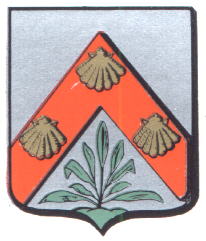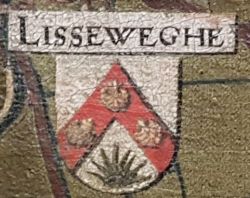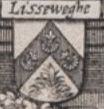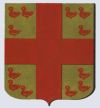Lissewege: Difference between revisions
Jump to navigation
Jump to search
Knorrepoes (talk | contribs) No edit summary |
Knorrepoes (talk | contribs) m (Text replacement - "|↵'''Country''' : Belgium" to "| <center>''' {{uc:{{PAGENAME}}}} '''</center><br> '''Country''' : Belgium") |
||
| Line 3: | Line 3: | ||
|[[File:lisseweg.jpg|center|alt=Wapen van {{PAGENAME}}/Arms (crest) of {{PAGENAME}}]] | |[[File:lisseweg.jpg|center|alt=Wapen van {{PAGENAME}}/Arms (crest) of {{PAGENAME}}]] | ||
| | | | ||
<center>''' {{uc:{{PAGENAME}}}} '''</center><br> | |||
'''Country''' : Belgium [[File:Belgium.jpg|60 px|right]]<br><br><br> | '''Country''' : Belgium [[File:Belgium.jpg|60 px|right]]<br><br><br> | ||
'''Province''' : <br>[[West-Vlaanderen]][[File:westvlaanderen.jpg|60 px|right]]<br><br><br> | '''Province''' : <br>[[West-Vlaanderen]][[File:westvlaanderen.jpg|60 px|right]]<br><br><br> | ||
Revision as of 11:07, 21 May 2023
|
Country : Belgium Province : West-Vlaanderen Incorporated into:
|
| Dutch | Een wit veld met eenen rooden keper waerop dry gulden St-Michielsschelpen, en beneden vergezeld van eenen bos groene biezen ryzende op eenen aerdkluyt van dezelfde kleur. |
| English | blazon wanted |
Origin/meaning
The arms were granted on October 28, 1840.
The arms are first seen on a 16th century map of the Free Territory of Brugge (Brugse Vrije). The chevron most likely was the symbol of the Lords of Dudzele. The shells are officially described as shells of Saint Michael, but more likely are the symbol of St. James, as one of the main roads of the pilgrims to the grave of the saint in Santiago de Compostella (Spain) originated in Lissewege.
The base of the arms shows a canting reed plant (lis=reed mace).
The arms in the Koffie Hag/Café Hag albums +/- 1930
Literature: Servais, 1955
This page is part of the Belgium heraldry portal/ Belgische overheidswapens/ Armorial de Belgique
|
|








